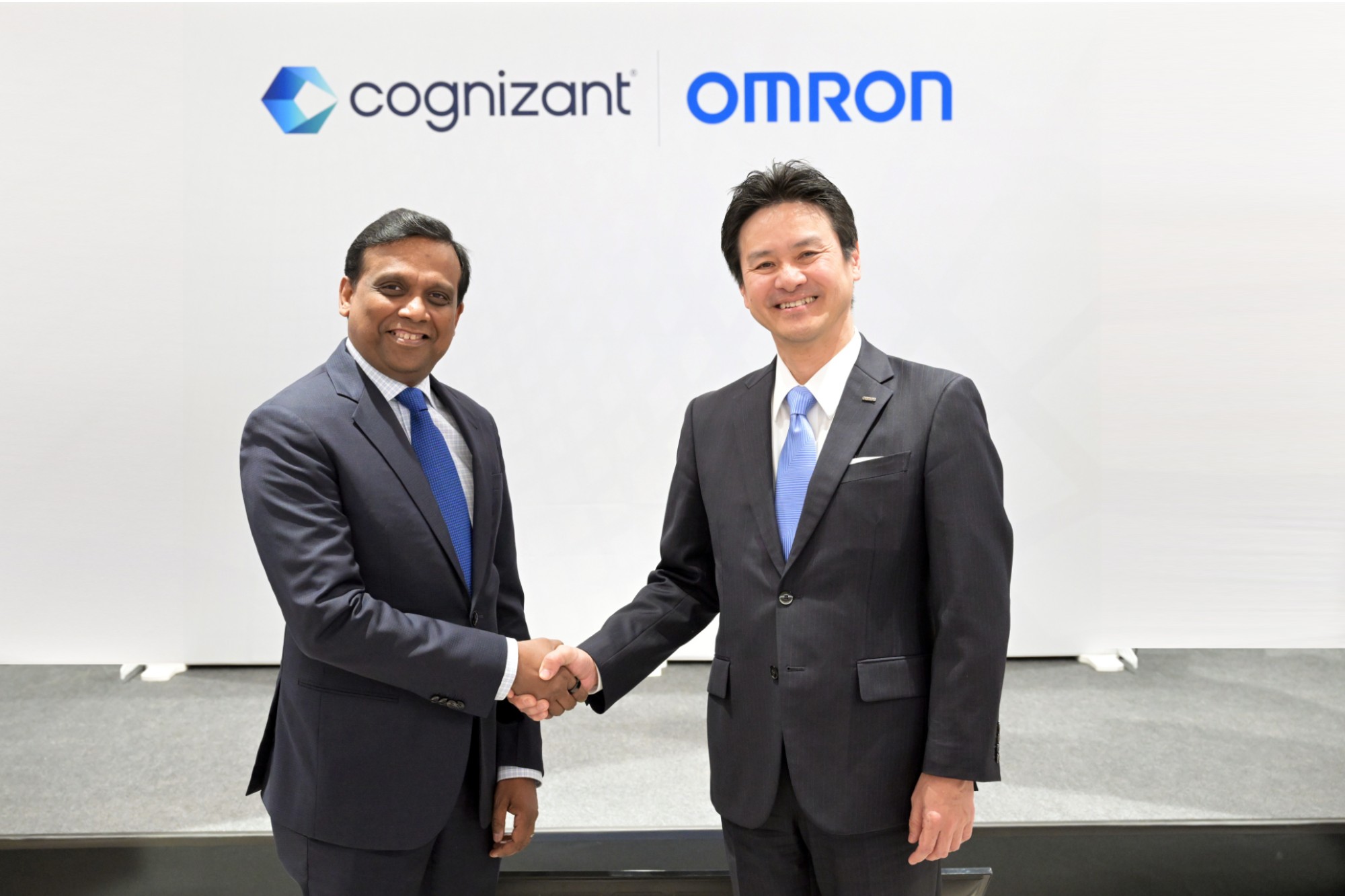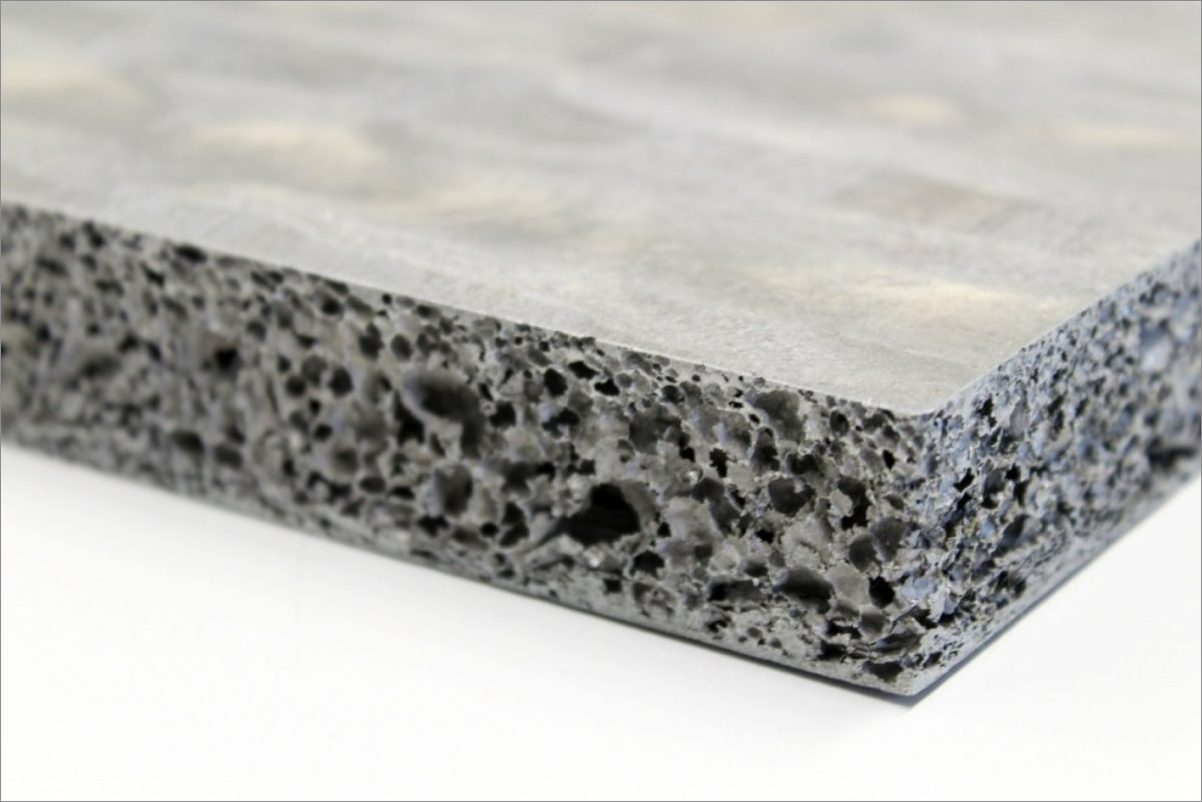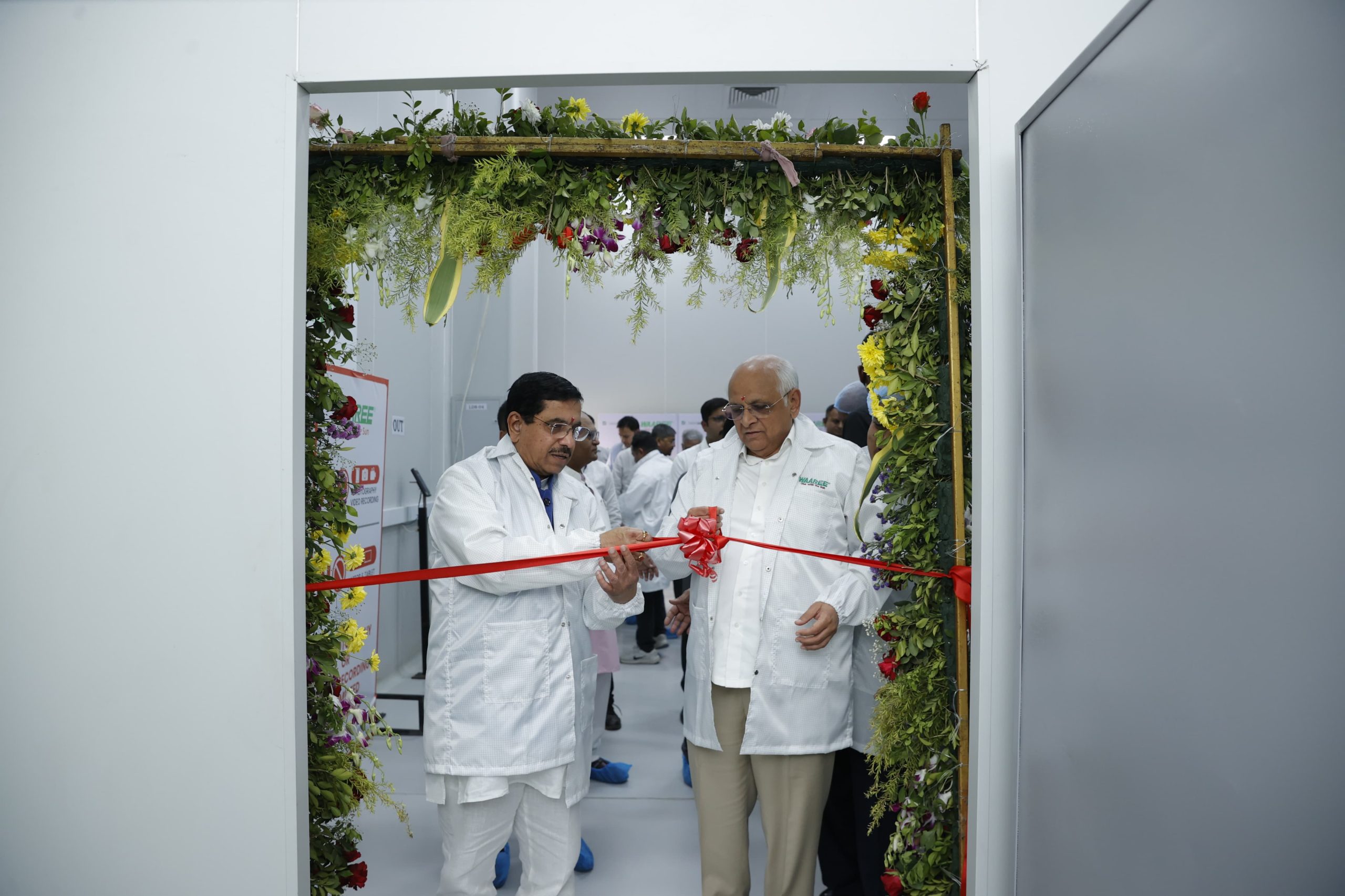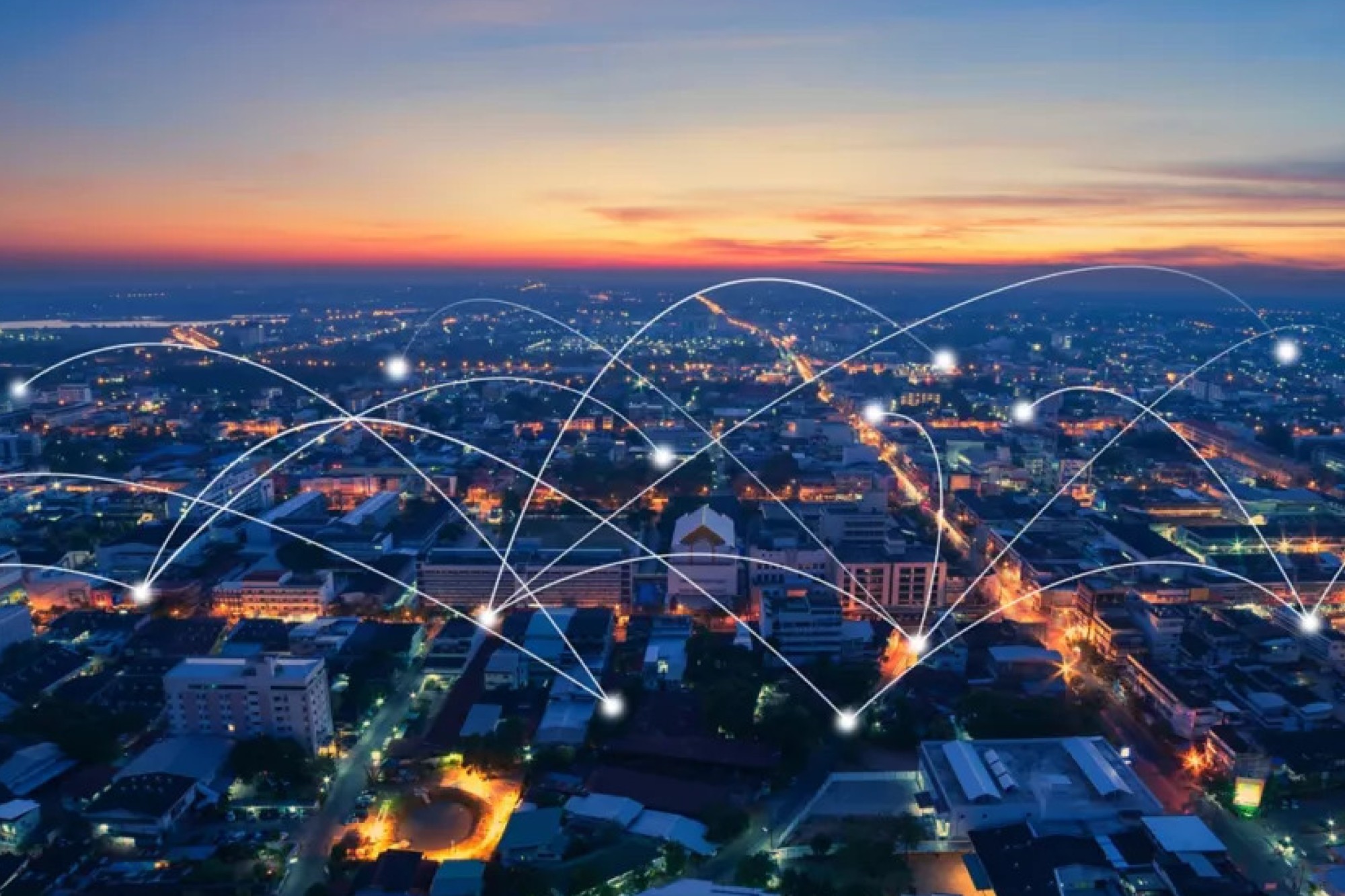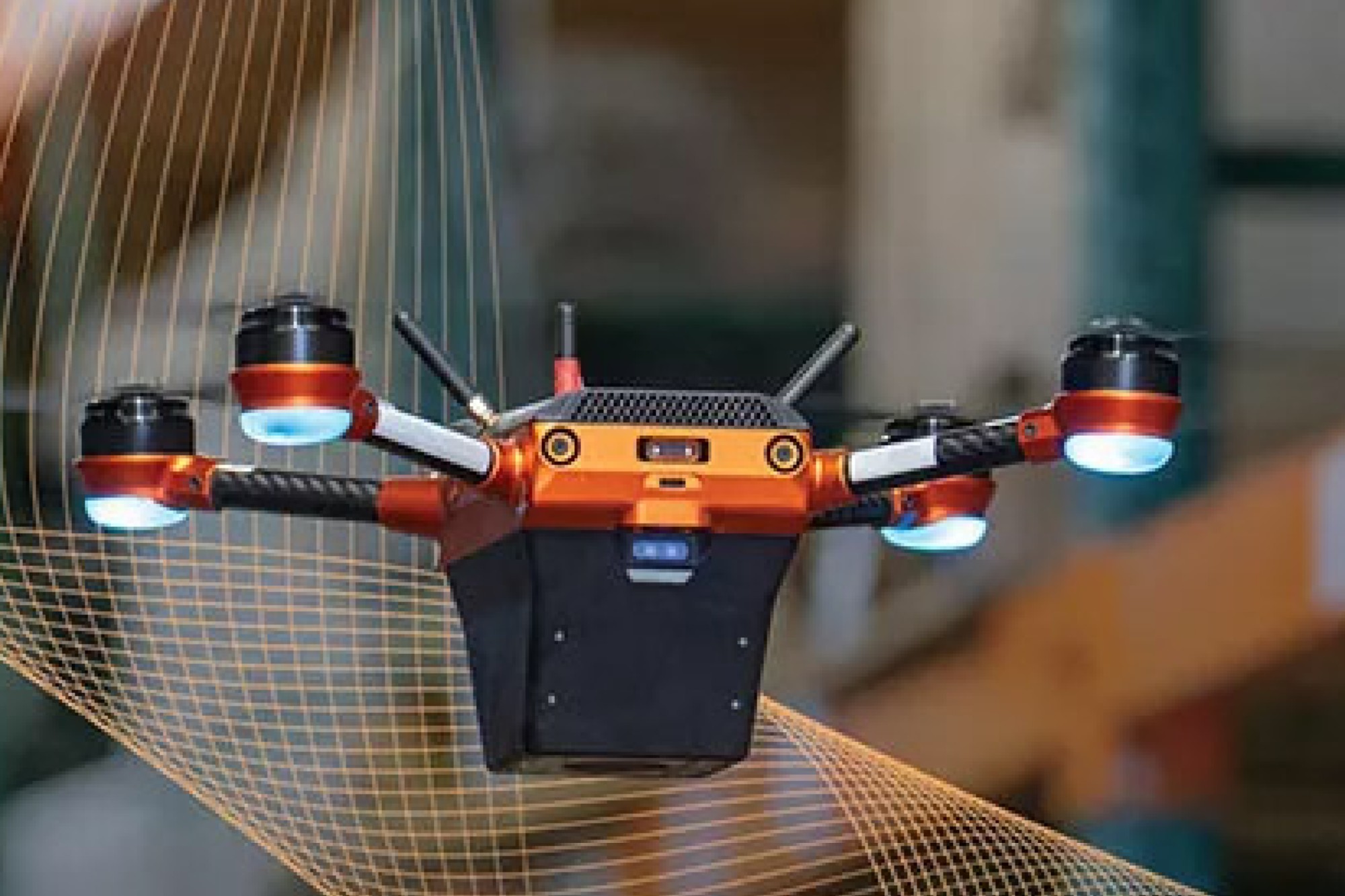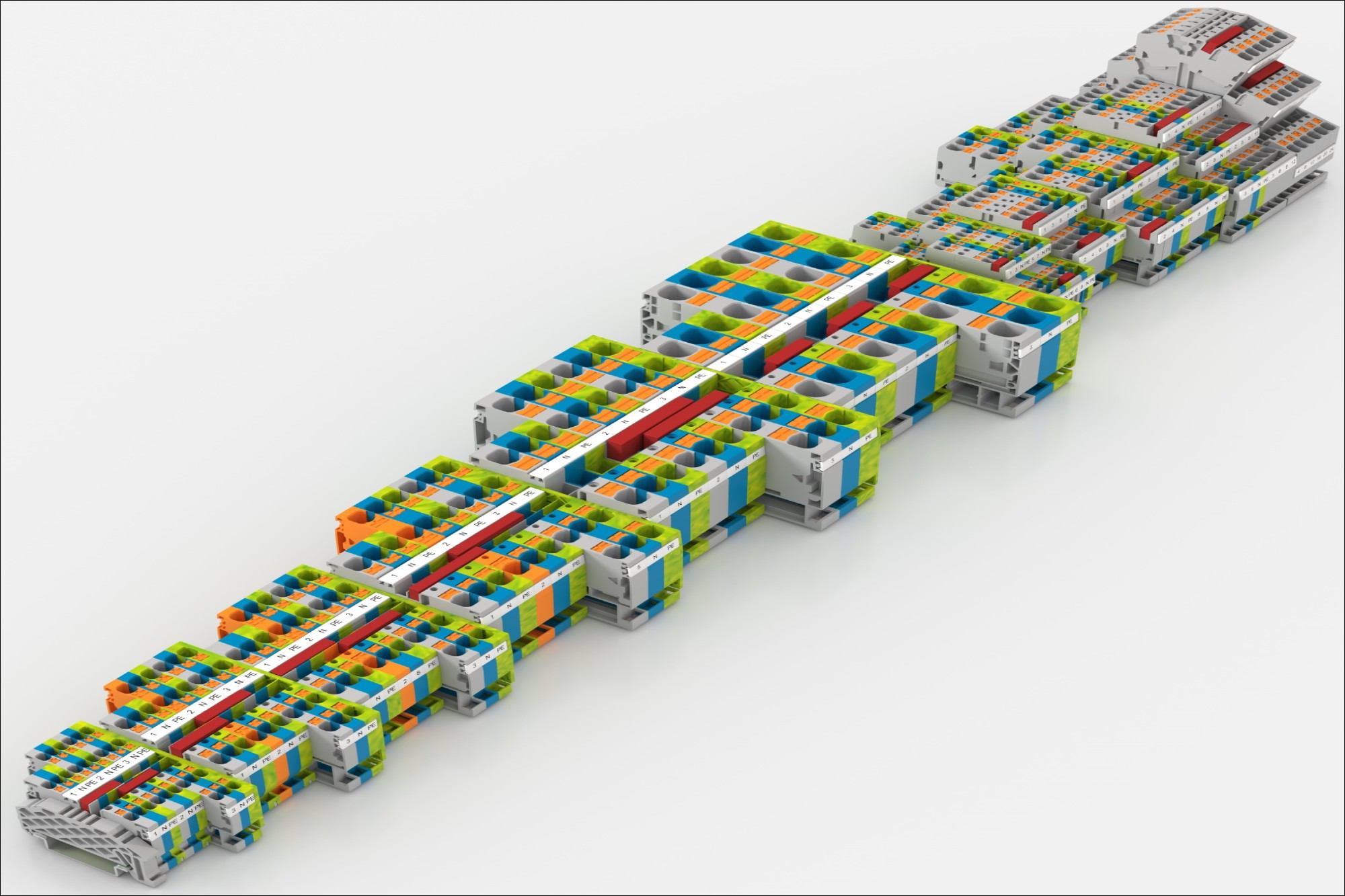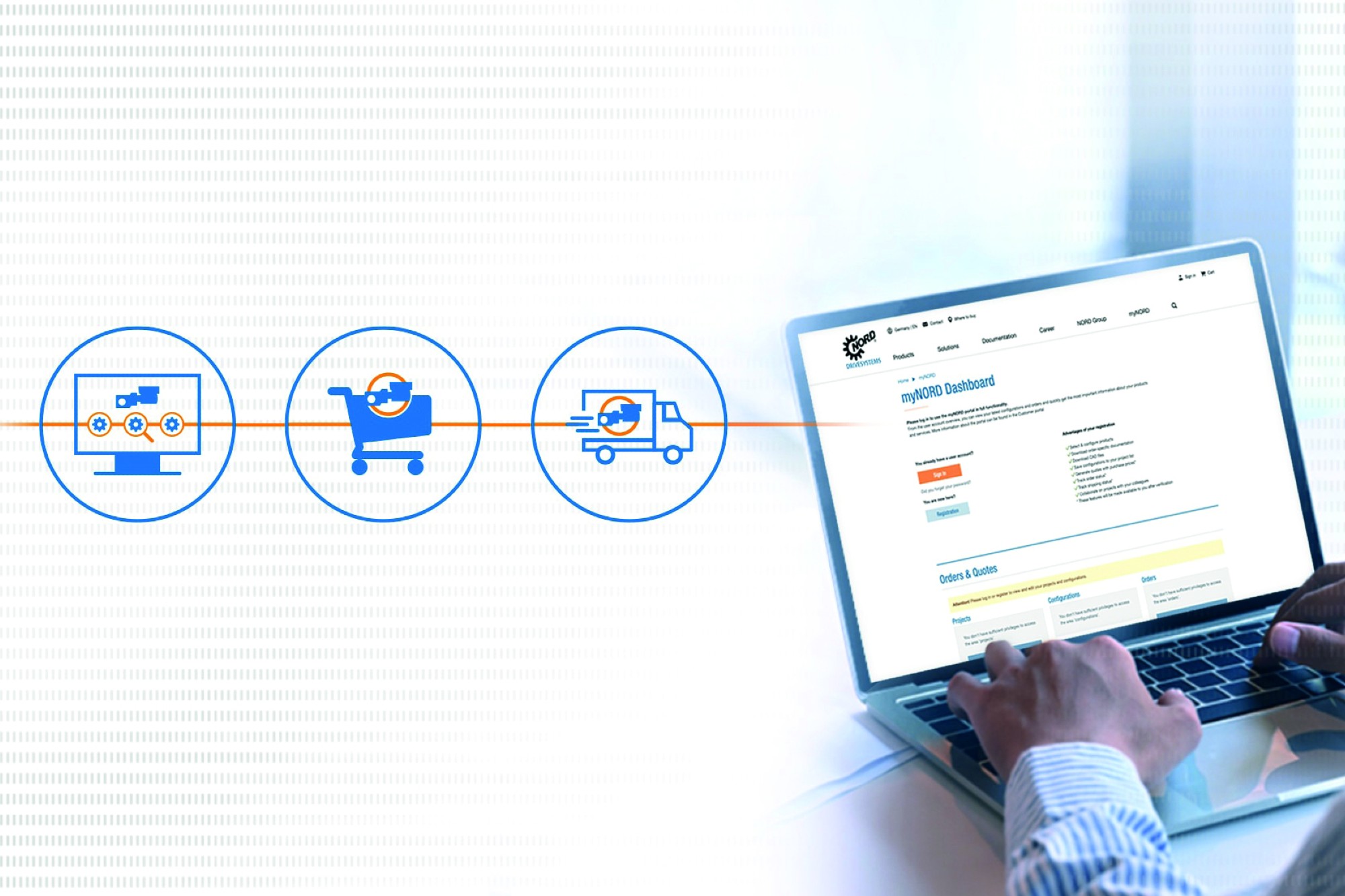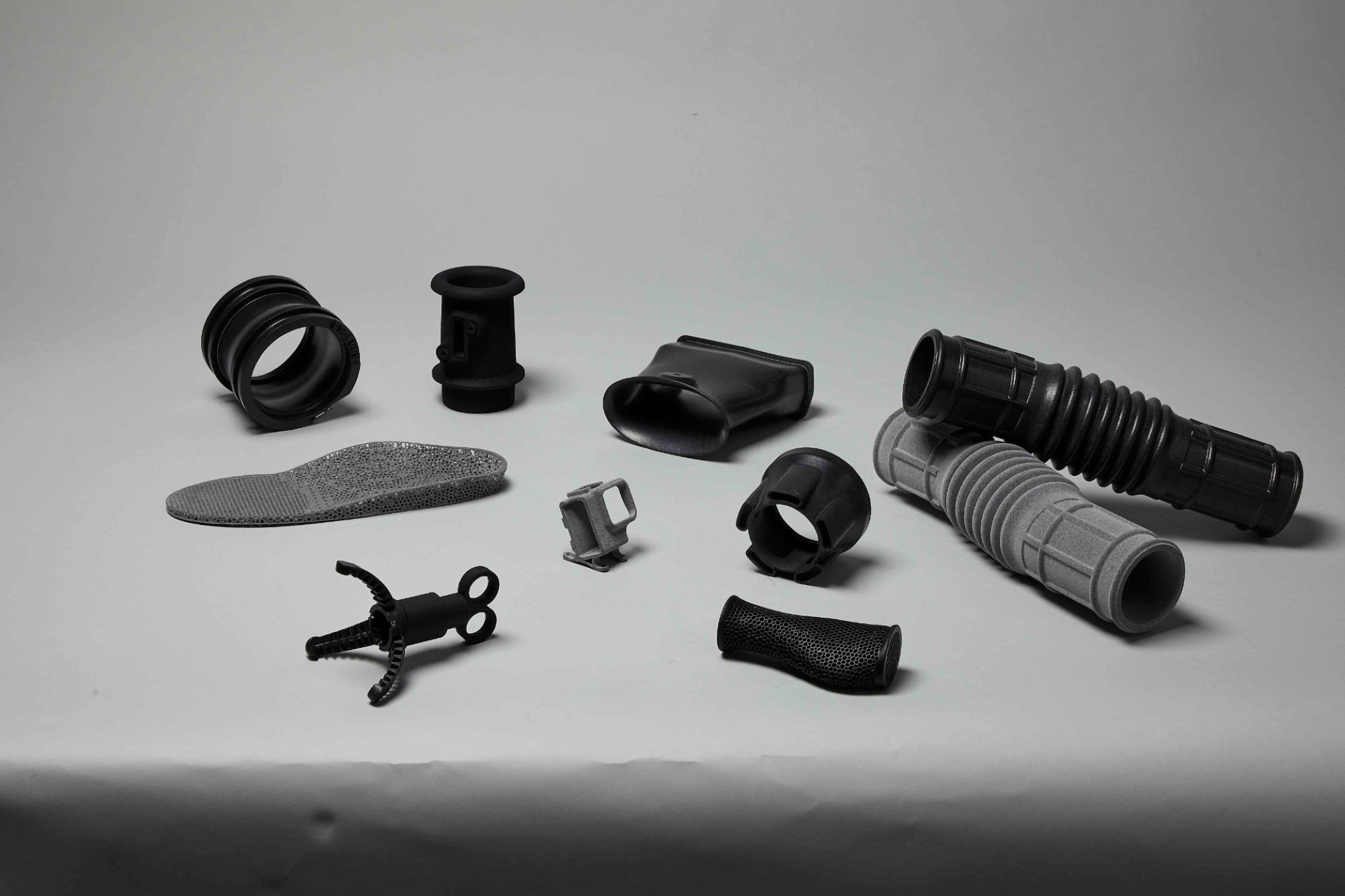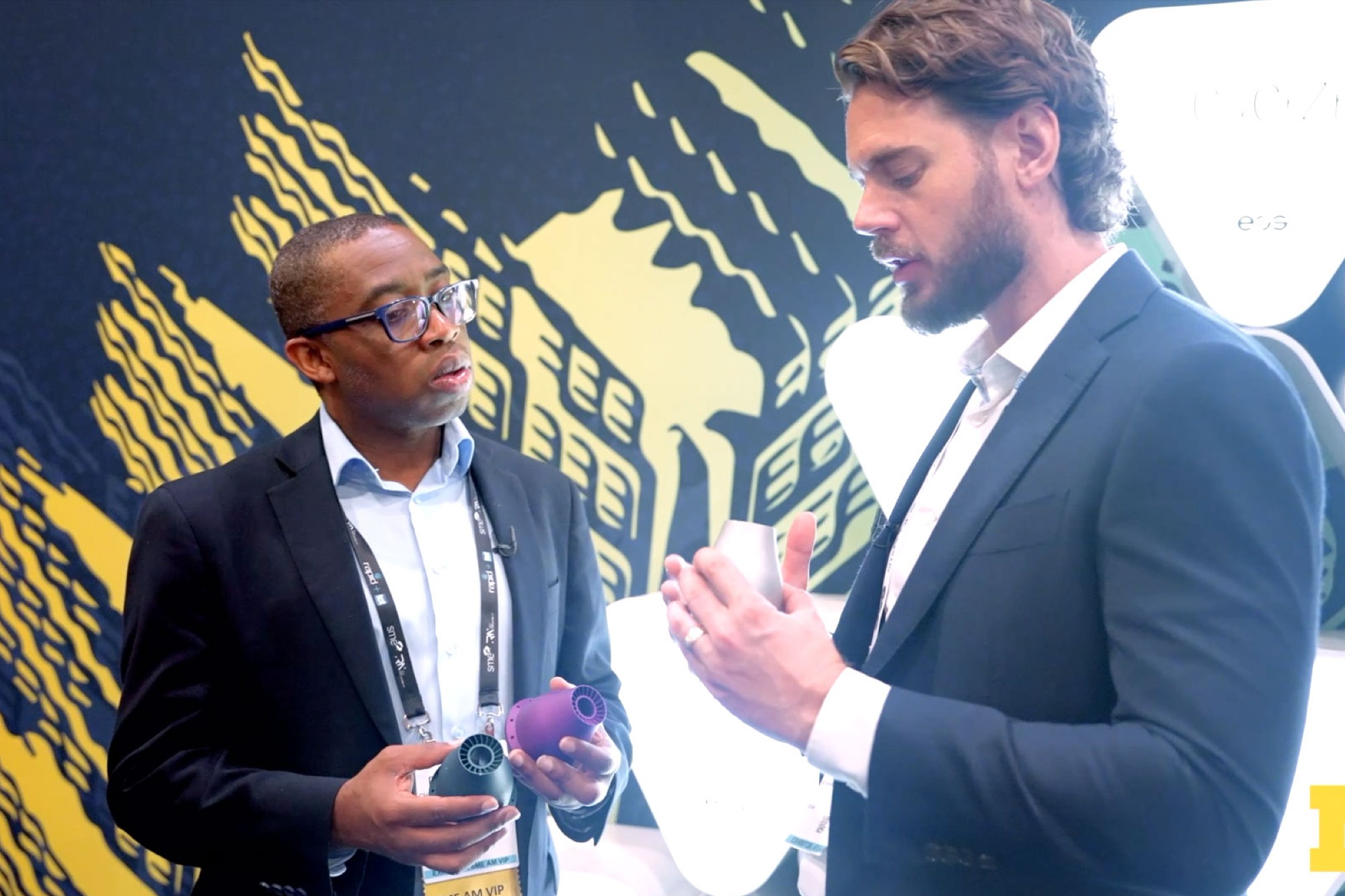Remote laser welding and cutting
By admin February 12, 2016 3:22 pm IST
Discusses disadvantages, disadvantages and the potential application areas of remote laser welding and cutting
In remote laser application can be defined as laser beam material processing with focal length larger than in conventional related processes. Due to the longer working distance small changes of the position of a mirror or optics manipulator effects fast and large deflections of the laser beam focus on the work-piece. In order to profit from the longer focal length, the possibility of process gas supply or auxiliary wire feed through the optic is relinquished. High brilliant laser beam sources are used in order to reach the threshold intensities to start and keep running the processes, which differ in general from their related non remote process.
“Today, remote technology is used in various industrial applications, like laser beam welding or marking. Realising the spot displacement with scanners or scanner-less approaches, high focus velocities can be achieved on the workpiece. This results in minimised non-productive times since the jump movement between one processing zone and the next is done in milliseconds. Almost independent from the number of contours and the distance between them, the resulting cycle time is thereby defined by the process itself. Having such little laser-off times, the productivity increases in comparison to conventional laser beam welding processes and is equivalent to an optimisation of the cycle time,” explains S K Palit, Head Product Improvement Equipment Quality, CCC and Technical Support, Ador Welding Ltd.
In addition to that the high jump velocities from one processing zone to the next (with more than 5 m/s) hold the possibility to optimise the part quality. At the remote laser welding or cutting for instance, the sequence of the seams and edges applied on the work-piece affect the development of heat induced distortions. By optimising that sequence, the thermal energy is inserted in a homogeneous way without building up internal tensions.
Using long focal lengths in the scale of 300 to 1600 mm, the remote technology enhances the accessibility of the laser beam to the processing area. Since the optics is not directly above the work-piece, angled designs are no longer interfering and parts with cavernous processing areas can be treated. The long focal length has another advantage regarding the system technology. Plume and particularly spatters, emerging from the processing zone, are barely reaching the optical elements and do not obstruct cover glasses.
Cookie Consent
We use cookies to personalize your experience. By continuing to visit this website you agree to our Terms & Conditions, Privacy Policy and Cookie Policy.




